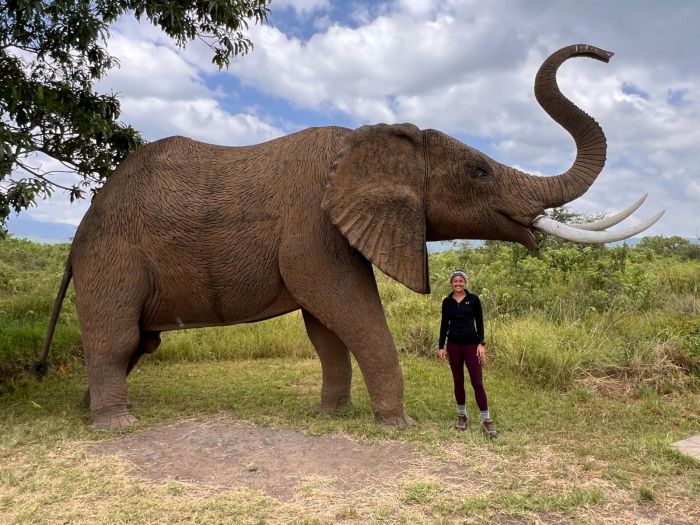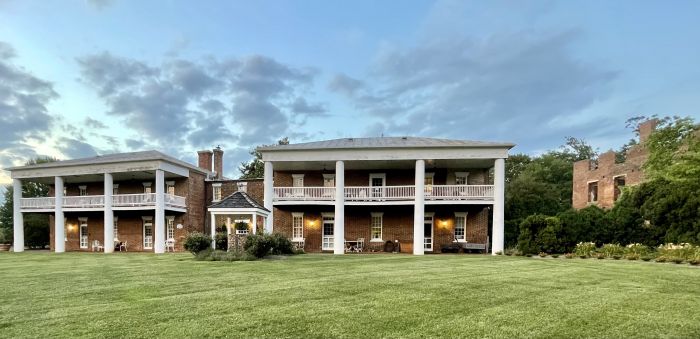
The combination of spectacular rivers, mountain scenery and a rich cultural heritage make Nepal an obvious river runner’s destination. No other country has such a choice subtropical climate (with no bugs!) and huge, white-sand beaches that are ideal for camping.
River Grading System
Rivers are graded for difficulty on an international scale from class 1 to 6, with class Identified as easy-moving water with few obstacles, and class 6 being considered nearly impossible to negotiate and a hazard to life-something best attempted after your lover leaves you…………..
Anyone who’s in reasonable physical shape and isn’t afraid of water can safely go rafting on rivers with grading from class 1 to 3. For more difficult and exciting class 4 rivers, people should be active, confident in water and preferably have some rafting experience. Class 5 is a very large step up from class 4; long continuous sections of powerful white water, strenuous paddling, steep constricted channels, powerful waves and the possibility of overturning a raft. Swimming in a class 5 rapid poses a significant risk.
Rafting in Nepal has an image of extremely difficult white water, which is well justified at times of high-water flow (during the monsoon), but at most flows there are many easier class 1 And 2 rivers where you can float along admiring the scenery and running a few small rapids.
Types of Rafting trips
For many people a rafting trip in Nepal will be their first white-water experience. There is their first white water experience. There are many different kinds of trips, and it is important to select a river that suits your interest and ability. The style of trip, difficulty of the river and length of time you have are all factors that will shape your decision.
Any raft can be paddled, or rigged with an oar frame and rowed. With an oar frame the guide normally sits in the middle and rows, while the other passenger enjoys the scenery and holds on though the rapids. With a paddle raft the guide normally sits at the back calling instruction and steering, while the crew provides the power. Most active people prefer the teamwork of paddle raft can probably run harder rapids than an oar raft, and the sense of achievements cannot be compared. Rafting trips from quite luxurious trips where you are rowed down the river and staff do every thing for you( pitch camp, cook and so on), to trips where you participate in the running of the expedition – pitching tents, loading the rafts and helping with the cooking.
Safety
Safety is the most important of any river trip. Unfortunately, at the moment there are no minimum safety conditions enforced by any official body in Nepal. This makes it very important to choose a professional rafting company. Not at all rafting companies are created equal.
It a group has recently returned from a trip, speak to its members. This will give you reliable information about the quality of equipment, the guides, the food and the transportation.
Raft Numbers
There should be a minimum of two rafts per trip, if anyone does fall out of a raft the second raft can help with the rescue. In higher water three rafts are safer than two. Many experts also agree that one or two safety kayakers can replace the second raft, though the kayakers need to be white-water professional with the training, skill and experience not only to run the most difficult rapids on the river, but also to be able to perform rescues in these rapids. Good safety kayakers are invaluable on Steeper River where they can often get to a swimmer in places no other craft could manage a rescue.
Safety Kayakers
Having good kayakers along will not only add to the safety of the trip, but on the easier river sections, they will often teach people to kayak. For more adventurous people, some of the inflatable kayakas and catamarans that are now turning up in Nepal are an excellent way to get the feel of controlling your own craft. These are a lot of fun, but it’s important if you have these craft on a trip that the guides have the experience to know which rapids are safe to run. If you are interested in kayaking, a few companies have kayakas and kayaking gear for hire and also run instruction programmers.
Raft Guide
The person leading the trip must be a qualified, trained guide with a minimum of 50 days rafting experience. They should also have done at least five previous tips on the river they are guiding on. All raft guides should have done the river before.
If possible speak with the guide who will lead the trip. This will give you a chance to form an impression of the people you will be spending time with and the type of trip they run. Ask them about their previous experience. Overseas experience or training allows the guides to keep up with the latest advance and safety training. Kayaking experience adds additional depth to a guide’s skills.
All guides should have a current first-aid certificate and should also be trained in Cardi-pulmonary resuscitation.
Equipment
Quality equipment is important, both for safety and comfort. The relatively new self-bailing rafts are essential for more difficult trips. Good life jackets and helmets are mandatory on any white-water trip. Modern plastic and alloy paddles are preferable to locally made wooden ones. New roll-top dry bags will keep your gear dry even if the raft flips, and waterproof camera containers will allow you to take photos all the way down the river. The companies should also supply tents. Ask how old the equipment is.
Ask what first-aid gear, supplies, spare parts and repair equipment are carried. On a rivers it’s important that the guides are capable of dealing with any situation that occurs-especially if it is a along wilderness expeditions. Many a trip has gone astray due to lack of preparation, not having the right equipment, or insufficient training to deal with the variety of situations which can arise.
On the River
At the river your guide should give you a comprehensive safety talk and paddle training before you lunch off downstream. The more you know the safer it is. If you don’t get a good safety talk it is probably good cause for concern.
Always wear your life jackets in rapids. Wear your helmet whenever your guide tells you, and make sure that both the helmet and Jacket are properly adjusted and fitted. Keep your feet and arms inside the raft. If the raft hits a rock or wall and you are in the way, the best you’ll escape with is a laceration.
If you do swim in a rapid, get into the ‘white-water swimming position’ – on your back, with your feet downstream and up where you can see them. Hold on to your paddle as this will make you more visible. Relax and breathe when you aren’t going through waves. Turn over and swim at the end of the rapid when the water becomes calmer. Self-rescue is the best rescue.
Rafting River
Before you decide what river you’ll do, you need to decide what it is you want out of the river trip. There are available from two to 12 days on different rivers, all offering dramatically different experiences. Firstly, don’t believe that just because it’s a river it’s going to be wet ‘n’ wild. Some rivers, such as the Sun Kosi, which are incredible, full-on , white-water trips in September and October are basically flat and uneventful in the low water of early spring. On the flip side of that, early spring can be superb time to raft rivers such as the Marsyangdi or Bhote Kosi, which would be suicidal during high flows. The Karanali is probably the only river which offers continually challenging white water at all flows, though in the high-water months of September and May it’s a significantly more committing Endeavour.
The following section describes the main commercially rafted rivers in Nepal. It is by no means a complete list, and private biters who have the experience and equipment to run their own expeditions would be best advised to consult the aforementioned guide book, White Water Nepal.

jptravel

jptravel

jptravel

jptravel

jptravel

jptravel

jptravel

jptravel

jptravel














